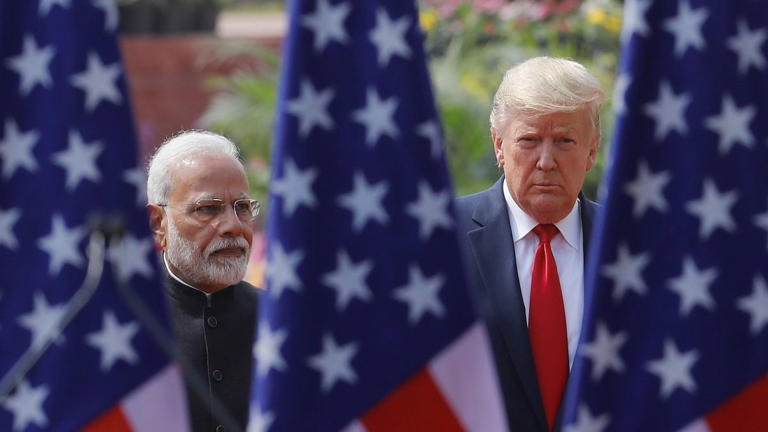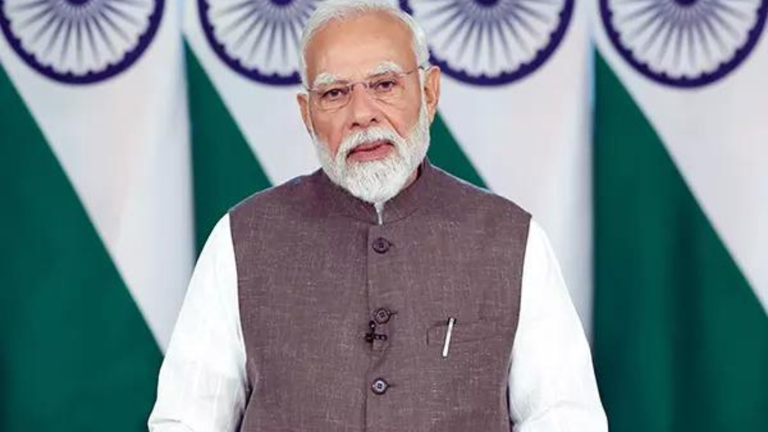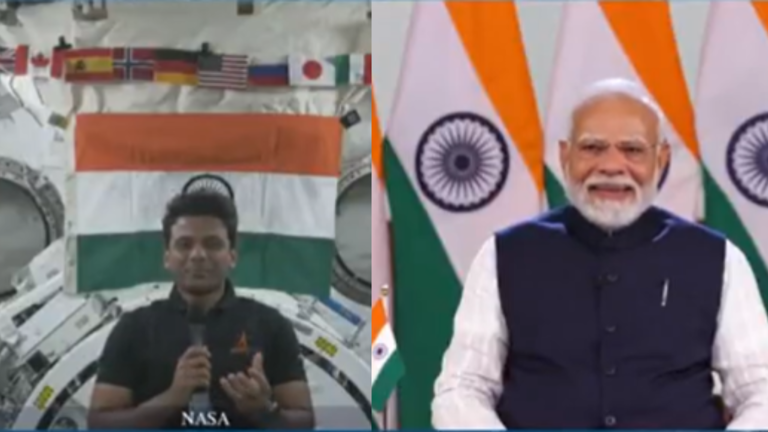Trump Hints at Landmark India Deal, Claims Tariff Truce with China
In a fiery campaign rally in Michigan on June 27, 2025, former U.S. President Donald Trump dropped a geopolitical bombshell. With his trademark flair, Trump announced that a “very big and beautiful trade deal” with India is on the horizon. While supporters cheered, markets perked up, and policy analysts scrambled to decode the implications, Trump wasn’t done—he also claimed that the United States and China had quietly signed a “tariff truce.” Though unconfirmed by official sources, both declarations have thrust global trade talks into a new spotlight.
#WATCH | "...We just signed (trade deal) with China. We're not going to make deals with everybody... But we're having some great deals. We have one coming up, maybe with India, a very big one. We're going to open up India. In the China deal, we're starting to open up China.… pic.twitter.com/fJwmz1wK44
— ANI (@ANI) June 26, 2025
This development comes at a time when the world’s top economies are recalibrating their supply chains, economic dependencies, and geopolitical alliances. Trump’s dual declarations, aimed at appeasing both domestic economic constituencies and international partners, suggest a renewed push to reassert America’s economic dominance—and India may be his next big partner.
Trump’s India Pivot: What This ‘Big and Beautiful’ Deal Could Deliver
Trump’s comments regarding India focused heavily on mutual benefit and “beautiful friendship,” suggesting that the upcoming agreement would be one of strategic and economic significance. According to insiders, the proposed trade deal could include:
- Tariff reductions on U.S. agricultural exports like soybeans and almonds.
- Greater market access for Indian pharmaceuticals in the U.S.
- Preferential visa allotments for Indian IT professionals, a longstanding demand from New Delhi.
- Expanded energy cooperation, especially LNG exports from the U.S. to India.
These inclusions highlight both India’s growing geopolitical weight and America’s interest in de-risking its trade networks from China. The energy element, in particular, signals the U.S.’s desire to become a long-term fuel partner as India transitions to cleaner, diversified energy sources.
Meanwhile, Trump’s claim of a “truce” with China—likely involving a freeze on tariffs and renewed negotiations—adds an intriguing layer to the evolving global trade chessboard. It implies a strategic repositioning: America courting both India as a trusted ally and China as a necessary competitor, a duality India will need to navigate carefully.
On India’s side, Commerce Minister Piyush Goyal’s upcoming Washington visit is expected to seal the fine print. According to MEA sources, discussions will include e-commerce data rules, dairy access, and automobile standards. This could be the first major bilateral trade deal signed by India post-2024 elections, showcasing its rising global leverage.





















